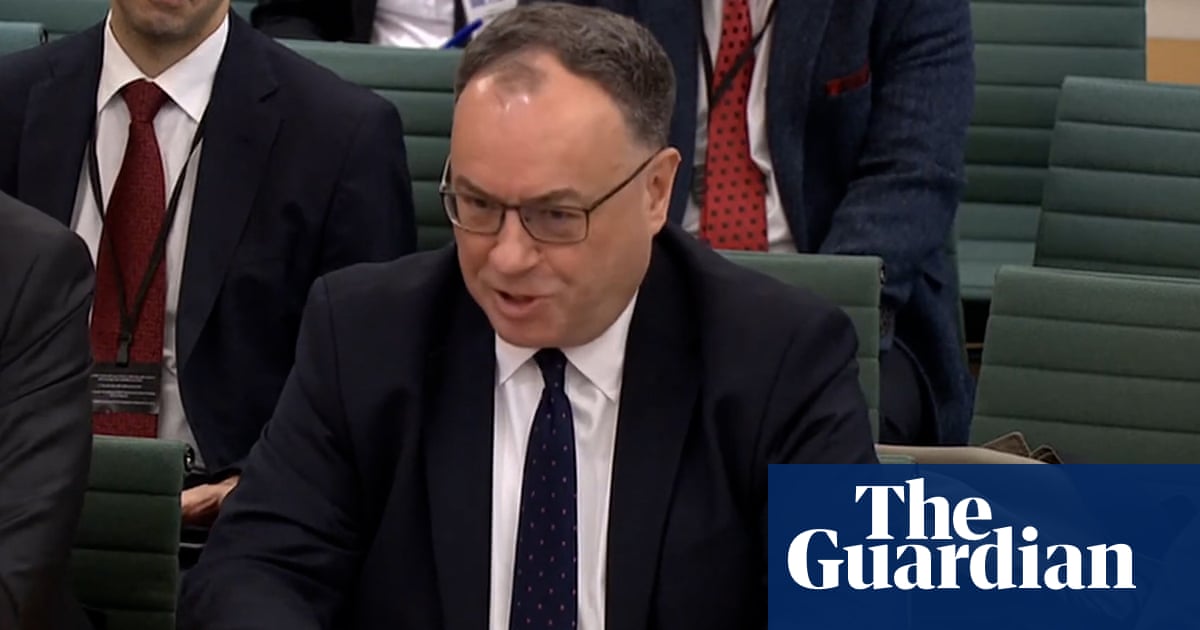
Britain came close to effective insolvency at the onset of the coronavirus crisis as financial markets plunged into turmoil, the governor of the Bank of England has said.
Laying bare the scale of the national emergency at the early stages of the pandemic, Andrew Bailey said the government would have struggled to finance the running of the country without support from the central bank.
Asked in an interview with Sky News what would have happened had the Bank not intervened, Bailey said: “I think the prospects would have been very bad. It would have been very serious.”
“I think we would have a situation where, in the worst element, the government would have struggled to fund itself in the short run.”
Amid widespread investor panic as the virus spread, the Bank of England stepped in by pumping £200bn into the market for UK government bonds under a policy known as quantitative easing (QE). Under QE, the central bank electronically creates money in order to buy bonds from financial institutions with the aim of lowering borrowing costs for the government, businesses and households.
By providing an influx of new money into the bond market, the policy can also soothe investor fears over a potential lack of buyers of government bonds, encouraging them to stay in the market. This in turn can help the government to sell new bonds to investors when it needs to borrow money.
Although the governor said the country would still have had options available to avoid effective insolvency, he cautioned that it was facing “serious disorder” in financial markets and that the intervention from the central bank was vital.
The government’s debt management office, which sells bonds to international investors, said in April it planned to raise £225bn from bond market investors in just four months to fund the huge increase in public spending during the pandemic.
However, Britain’s borrowing prospects have improved markedly since the Bank of England intervention. In a sign of the government’s ability to continue attracting investment to fund its response to the Covid-19 pandemic, Britain sold a bond with a negative yield for the first time in May. Negative yields effectively mean investors pay to lend money to the government, and are sought during times of stress as safe-haven investments.
During the 2008 financial crisis, the government failed to find enough buyers for some of its debt. However, Bailey said the scale of the shock in government bond markets in March and the risk of effective insolvency were unprecedented.
“We basically had a pretty near meltdown of some of the core financial markets,” he said.
The rapid spread of Covid-19 and the prospect of the worst global recession since the 1930s Great Depression plunged financial markets into meltdown in March, making it harder for governments and businesses to raise money.
Conditions in the market for UK government bonds deteriorated substantially as investors sold sovereign debt, particularly the long-term debt favoured by the UK government, in order to raise cash.
Bailey had previously warned of “pretty big dislocations” in financial markets during his first days as the Bank’s governor after replacing Mark Carney on 16 March.
The Bank used two emergency interest rate cuts at the onset of the pandemic in Britain to sink borrowing costs to the lowest level in its 326-year history, while also ramping up its quantitative easing programme.
Threadneedle Street announced a further £100bn injection into the British economy last week to take the overall size of the bond-buying stimulus package to £745bn.
Launched during the 2008 financial crisis, the policy of quantitative easing was maintained over the past decade as the country only gradually recovered from the last recession, with the central bank preferring instead to slowly raise interest rates.
Bailey used an article for Bloomberg on Monday to announce a switch in the Bank’s policy, saying that in future it would wind down QE first before raising interest rates.











